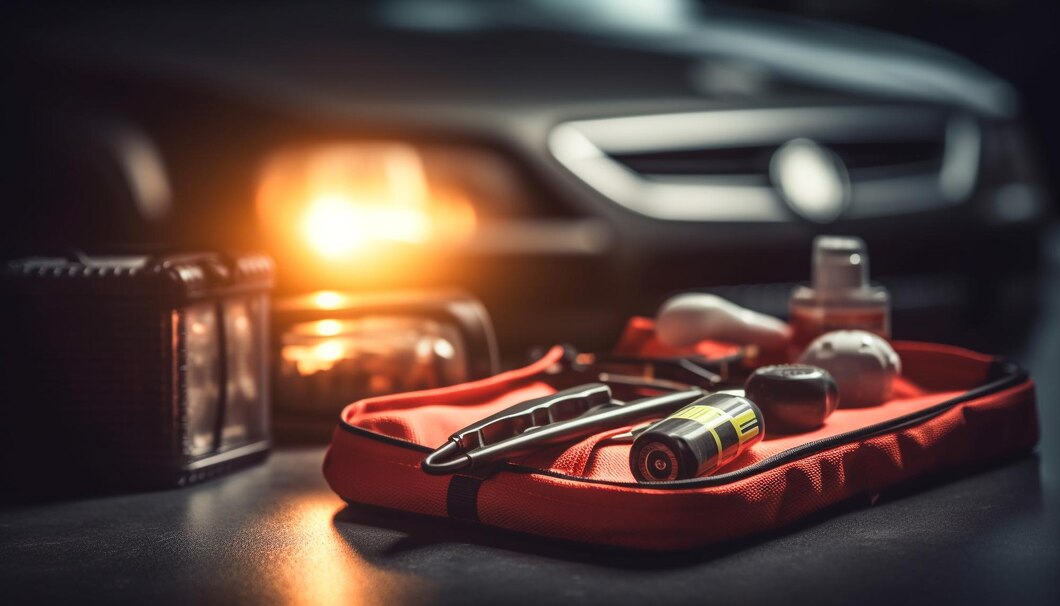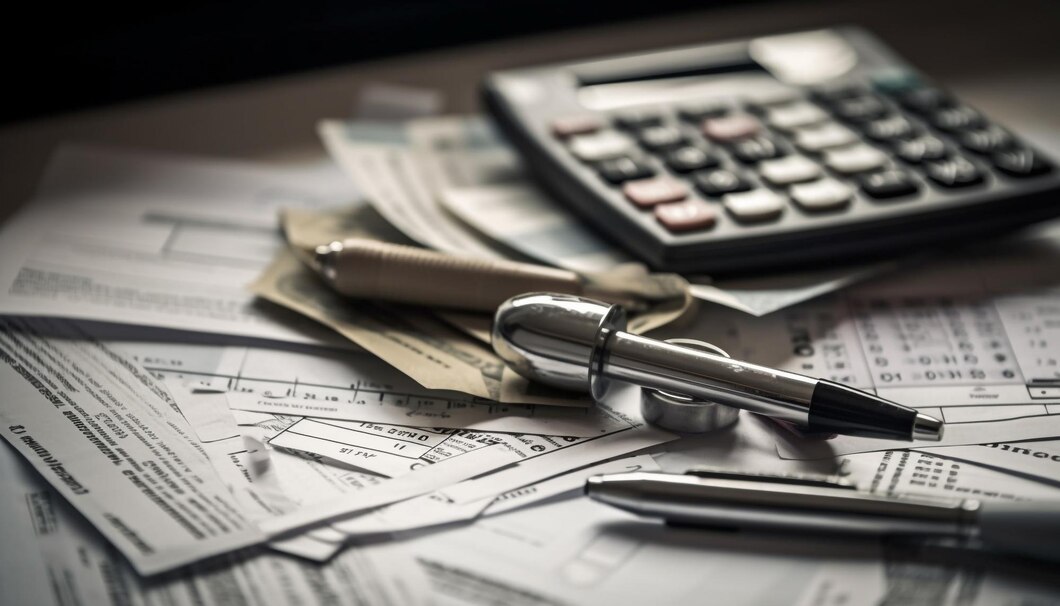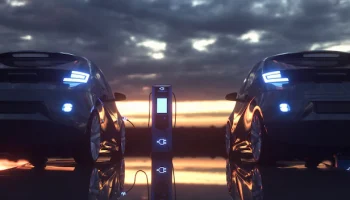Unexpected vehicle maintenance can throw a wrench into even the most well-organized budget, leaving car owners stressed and searching for financial solutions.
Whether it’s a sudden engine failure or emergency brake repairs, the cost of keeping your vehicle in top shape, including car repairs payment, can quickly add up. In these moments, finding the right payment plan becomes crucial to managing your finances without dipping into savings or falling into debt.
This guide aims to explore various payment options, from savings to different types of loans, helping you make informed decisions on how to cover these unforeseen expenses. Understanding your options and choosing wisely can help you navigate the choppy waters of unexpected vehicle maintenance costs with confidence, ensuring you’re back on the road without derailing your financial stability.
Understanding Vehicle Maintenance Costs

Vehicle maintenance is an inevitable part of car ownership, encompassing a range of services from routine oil changes to unexpected repairs like replacing a faulty transmission or fixing a broken air conditioning system. These costs can vary widely, depending on the type of repair, the make and model of your vehicle, and the labor rates of the service provider.
Routine maintenance might only set you back a small amount, but more complex issues can easily run into hundreds or even thousands of dollars. Additionally, delaying necessary repairs to save money in the short term can lead to more significant, costlier problems down the line.
It’s important for car owners to have a basic understanding of potential maintenance costs and to plan accordingly, setting aside a budget for both anticipated and unexpected vehicle expenses to avoid financial surprises.
Overview Of Payment Options For Vehicle Repairs
When faced with vehicle repairs, knowing your payment options can significantly ease the financial burden. The most straightforward method is using savings, which is the ideal scenario as it involves no borrowing costs. However, not everyone has the luxury of a well-stocked emergency fund, leading to the exploration of other avenues.
Credit cards are a common choice for their convenience and the possibility of earning rewards, but they come with the caveat of high-interest rates if the balance isn’t cleared promptly. For those needing more substantial amounts or with specific repair needs, various types of loans offer a solution.
Personal loans from banks or credit unions provide a lump sum with fixed interest rates and repayment terms, making them a predictable option. Auto repair loans, tailored for vehicle maintenance, might offer favorable terms based on the equity in your vehicle.
For immediate, smaller expenses, such as a $100 loan for a minor repair or to cover a deductible, payday loans or cash advances can offer quick fund access. However, their high-interest rates and short repayment periods make them a less desirable option for many, highlighting the importance of careful consideration and planning when choosing the best payment plan for vehicle repairs.
Types Of Loans For Vehicle Maintenance
Navigating the landscape of loans for vehicle maintenance requires understanding the options available and their implications.
Here are some common types of loans that car owners might consider for repair costs:
- Personal Loans: Offered by banks and credit unions, personal loans provide a fixed amount of money with a set interest rate and repayment term. These loans are unsecured, meaning they don’t require collateral, making them a safer bet for borrowers. They’re suitable for larger repairs, offering the flexibility to cover extensive maintenance work.
- Auto Repair Loans: Some lenders offer loans specifically designed for auto repairs. These might be secured against the vehicle itself, potentially offering lower interest rates compared to unsecured personal loans. They’re a practical option when repairs are essential for the vehicle’s operation, ensuring the car remains functional and safe.
- Payday Loans: For smaller, immediate needs, such as a quick $100 loan to address minor repairs or pay an insurance deductible, payday loans can provide instant cash. However, their convenience comes at a high cost, with steep interest rates and short repayment terms, which could lead to a cycle of debt if not managed carefully.
- Credit Line: Some automotive shops offer lines of credit through financial partners, tailored for vehicle maintenance and repairs. These can be a convenient option, often with promotional interest-free periods, though it’s vital to pay back within the term to avoid high interest rates.
Choosing the right type of loan for vehicle maintenance involves assessing the repair’s urgency, the amount needed, and your ability to repay. For significant, costly repairs, personal or auto repair loans might be the most sensible options, offering structured repayment plans. For minor issues, if a loan is absolutely necessary, ensuring quick repayment of high-interest options like payday loans is crucial to avoid financial strain.
Evaluating Your Financial Situation

Before diving into any loan for vehicle maintenance, it’s crucial to take a step back and assess your financial health. Start by reviewing your monthly income and expenses to determine how much you can realistically afford to repay without compromising your budget. Consider your existing debts, as adding another loan could strain your financial situation further, especially if you’re already managing credit card debt or a mortgage.
Also, evaluate your emergency fund—using it might be a better option than taking on debt for car repairs. If your savings aren’t sufficient, calculate the loan amount you need and how it aligns with your ability to repay. This introspection helps in making an informed decision, ensuring that the loan doesn’t just fix your car but also fits comfortably within your financial landscape, avoiding unnecessary stress or long-term implications on your budget.
Tips For Choosing The Best Payment Plan
Selecting the right payment plan for vehicle maintenance requires careful consideration to avoid financial pitfalls.
Here are some tips to guide you in making a prudent decision:
- Compare Interest Rates: Different lenders offer varied interest rates on loans. Look for the most competitive rates to minimize the cost of borrowing. Lower interest rates mean lower overall repayment amounts.
- Assess Repayment Terms: Consider how the loan’s repayment schedule aligns with your financial situation. Longer terms might reduce monthly payments but increase the total interest paid. Find a balance that works for your budget.
- Understand All Fees: Beyond interest rates, loans can come with additional fees, such as origination fees or penalties for early repayment. Ensure you’re aware of all potential charges to avoid surprises.
- Consider Flexibility: Some lenders offer flexible repayment options, which can be beneficial if your financial situation changes. Look for plans that allow for early repayments without penalties, giving you the option to clear the debt sooner if possible.
- Avoid High-Risk Options: While payday loans or cash advances offer quick funds, their high-interest rates and short repayment periods can lead to debt cycles. Explore other options first and use these as a last resort.
Choosing the best payment plan involves weighing the costs against your ability to repay while ensuring the plan doesn’t jeopardize your financial stability. Taking the time to research and compare your options can lead to significant savings and a stress-free repayment process.
Conclusion
Facing unexpected vehicle maintenance can be daunting, especially when considering the financial implications. However, with the right approach to choosing a payment plan, you can navigate these waters without sinking into debt. Start by understanding the various types of loans available and assessing your financial situation to determine what you can realistically afford.
Remember, the goal is to find a solution that offers a balance between immediate financial relief and long-term financial health. By comparing interest rates, evaluating repayment terms, and steering clear of high-risk borrowing options, you can select a payment plan that suits your needs and budget.
Ultimately, informed decision-making and careful planning are your best tools for managing unexpected car repair costs, ensuring that you keep your finances on track even when the road gets bumpy.
Read Also:




























